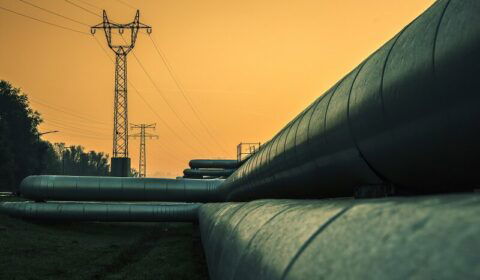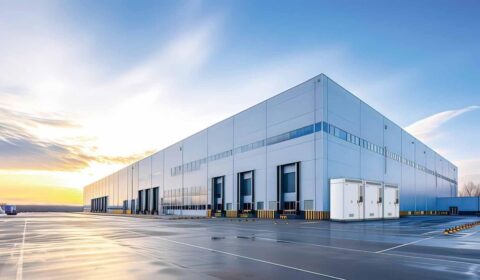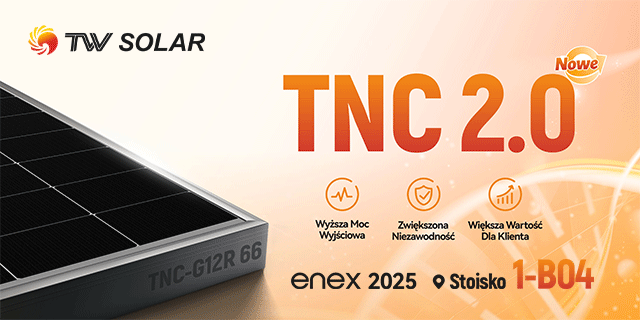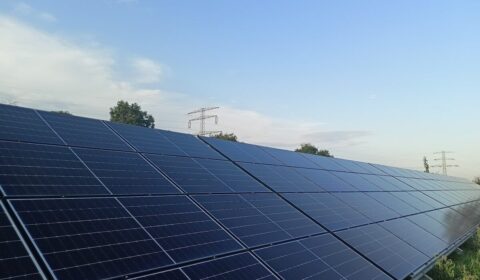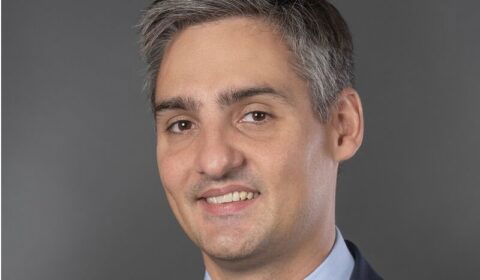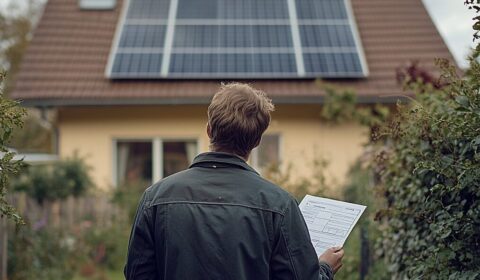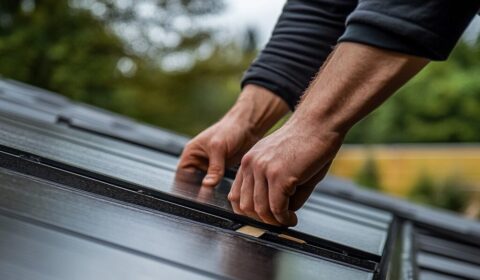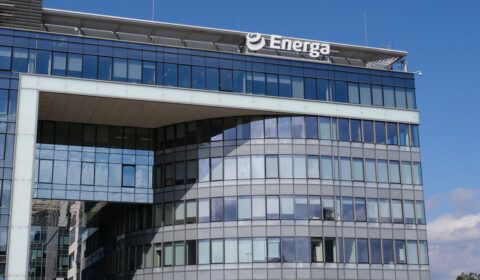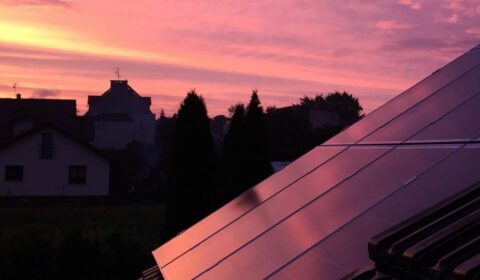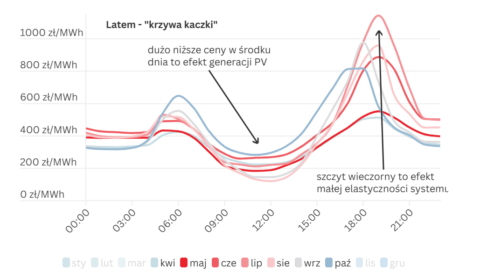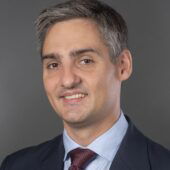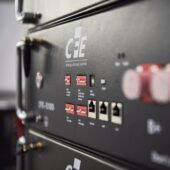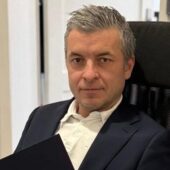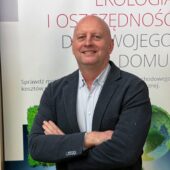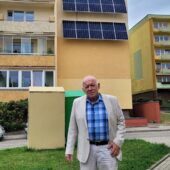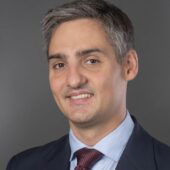Producent paneli PV przenosi produkcję do Europy Środkowo-Wschodniej. Czy kolejni trafią do Polski?
Siliken faces revolt as module production shifts to Romania
Siliken faces a revolt among its Spanish workforce as it looks to shrink its headcount and shift more of production to the cheaper factory it opened last year in western Romania.
On 23 August several hundred workers staged a protest in the streets of Valencia, where the Spanish PV group is based, accusing it of abusive employment practices.
It is understood that private-equity-backed Siliken intends make about 100 workers redundant at its flagship factory in Rafelbunyol, outside of Valencia, while pushing through an 11% pay cut for the remainder.
Last year Siliken opened a new module plant in Timosoara, the largest population centre in western Romania, citing the low cost of labour and the relative proximity to major European PV markets.
Alongside Samsung-backed module maker Isofotón, Siliken is the most visible Spanish PV company on the international stage, with more than 1,000 employees, its own polysilicon factory in Spain, a handful of module-assembly plants around the world, and a significant systems-integration business.
Like all European PV manufacturers, however, it has been hit hard by the onslaught of cheap Chinese kit and political uncertainty in key markets in recent years – particularly in Spain, where the government continues tocontemplate a new tax on PV-generated electricity.
Siliken’s revenue grew about 15% in 2011 – far below the 40% growth it had predicted earlier that year. It expects to see 20% top-line growth in 2012, but has not given any indications about its profitability.
In July, Siliken managed to refinance €111m ($140m) of debt with a dozen banks, most of them Spanish, which it claims will allow it to execute its strategic plan for 2015.
The company has not been shy about closing factories deemed liabilities. Last year Siliken pulled the plug on its module plant in Ontario, Canada, citing its disappointment in the pace of growth in that market, and controversially shifted production from its US facility in San Diego to another site in Mexico, less than 20 miles away.






















